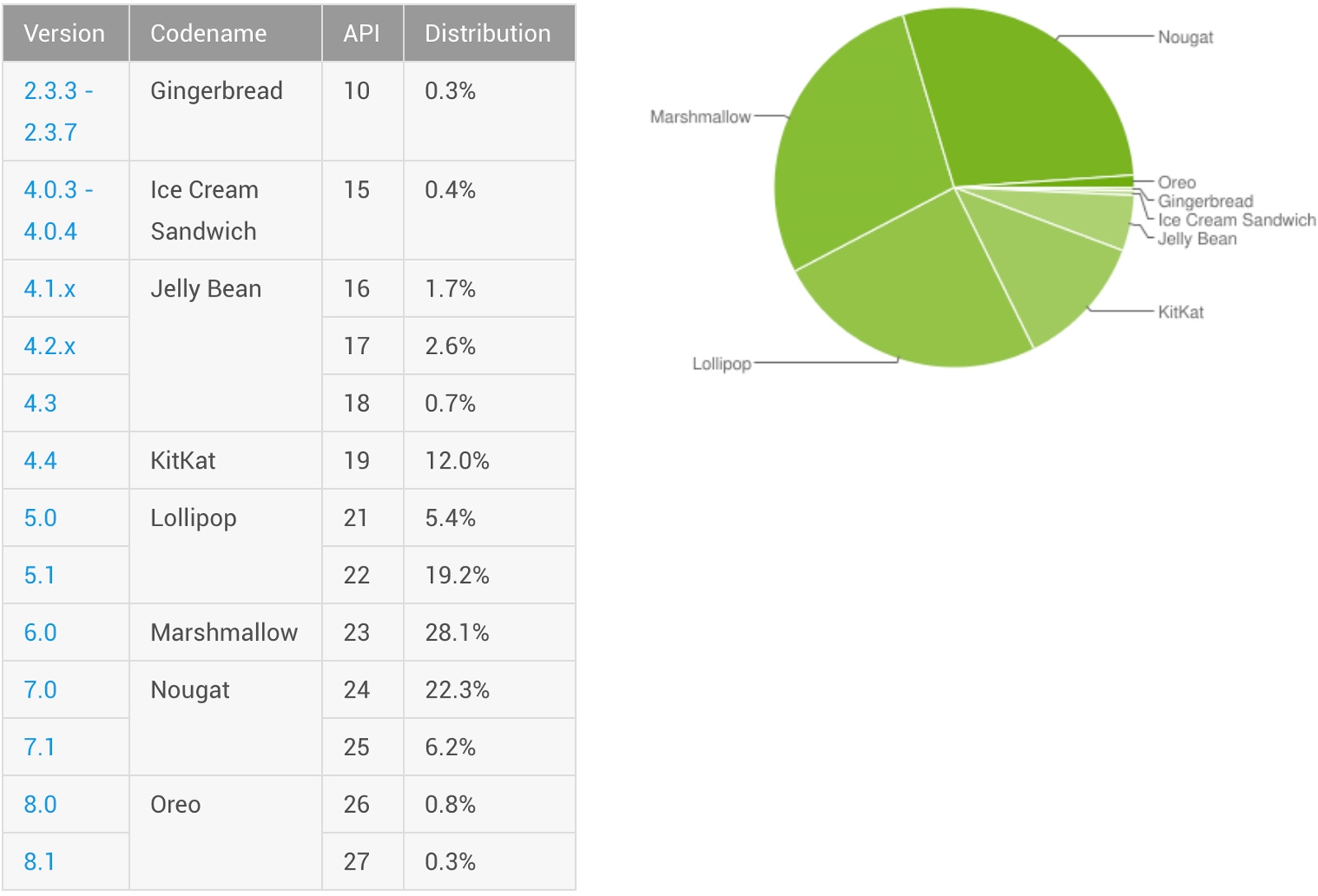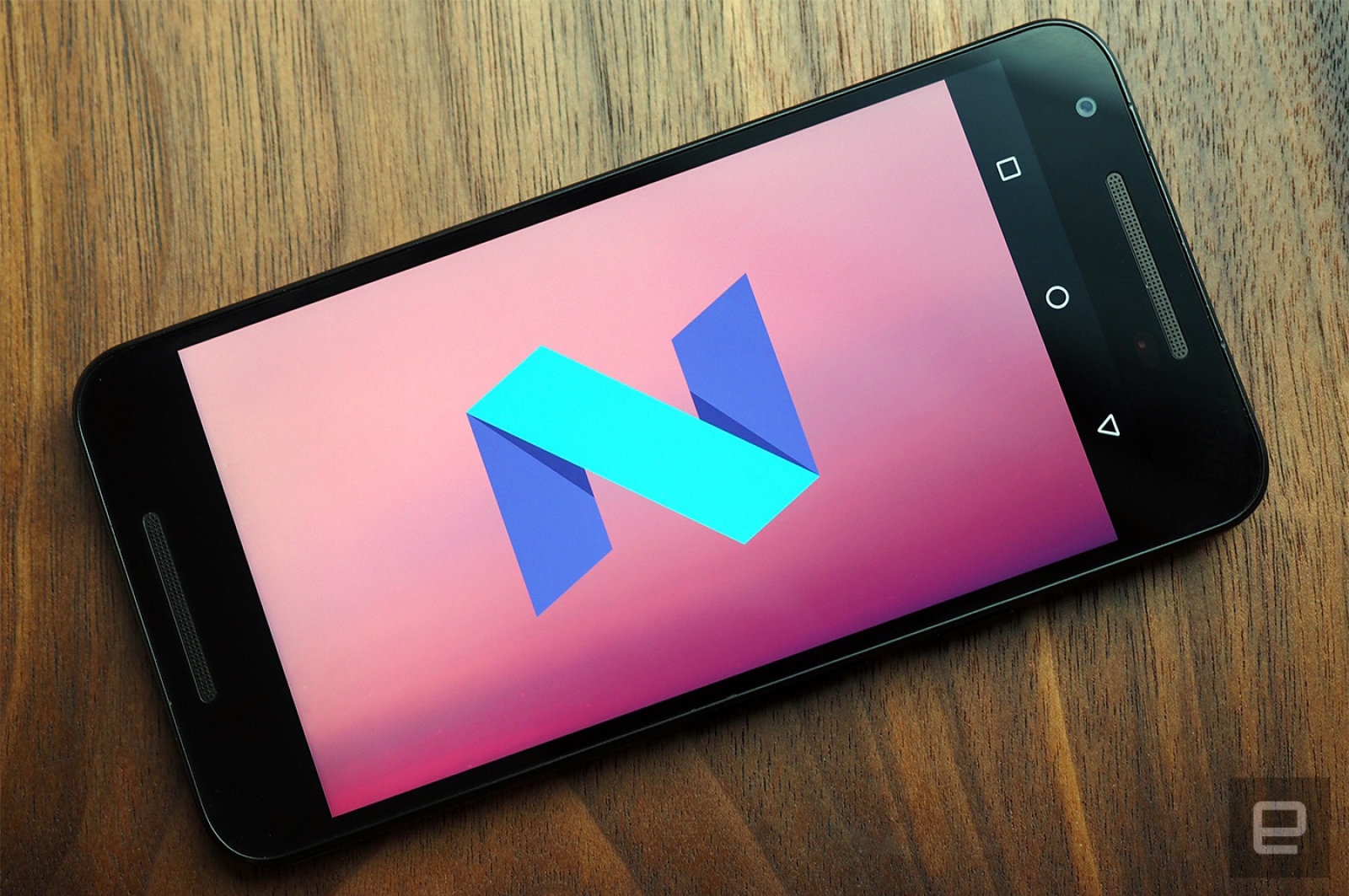Google hasn’t quite licked its problems getting users to adopt the latest version of Android. Its latest Play Store user share stats show that Nougat has become the most-used Android release at 28.5 percent… just over 17 months after its summer 2016 debut. Not exactly a speedy transition, then. That still gives it the edge over the older-still Marshmallow release, mind you, and indicates that a large chunk of the user base is running a modern take on Android.
There’s a smaller piece of good news, too: Oreo has climbed above 1 percent after sitting below that milestone since its fall premiere.
The long interval between Nougat’s launch and taking the lead can likely be pinned on the same factors that have dictated Android upgrade cycles for years. Many Android vendors take months to deliver upgrades (due to both their custom software and carrier testing), and stop providing upgrades roughly 2 years after a device launch — you might not see more than one or two major revisions until you replace your phone.
That pattern might not repeat itself going forward. Oreo’s modular Project Treble framework is designed explicitly to reduce the delays for upgrades. It might not dramatically increase the adoption rate for newer Android releases, but it certainly won’t hurt. The challenge, not surprisingly, is increasing Oreo adoption. It likely won’t see a dramatic upswing until more major smartphones ship with Oreo out of the box, such as the Galaxy S9.

(29)

